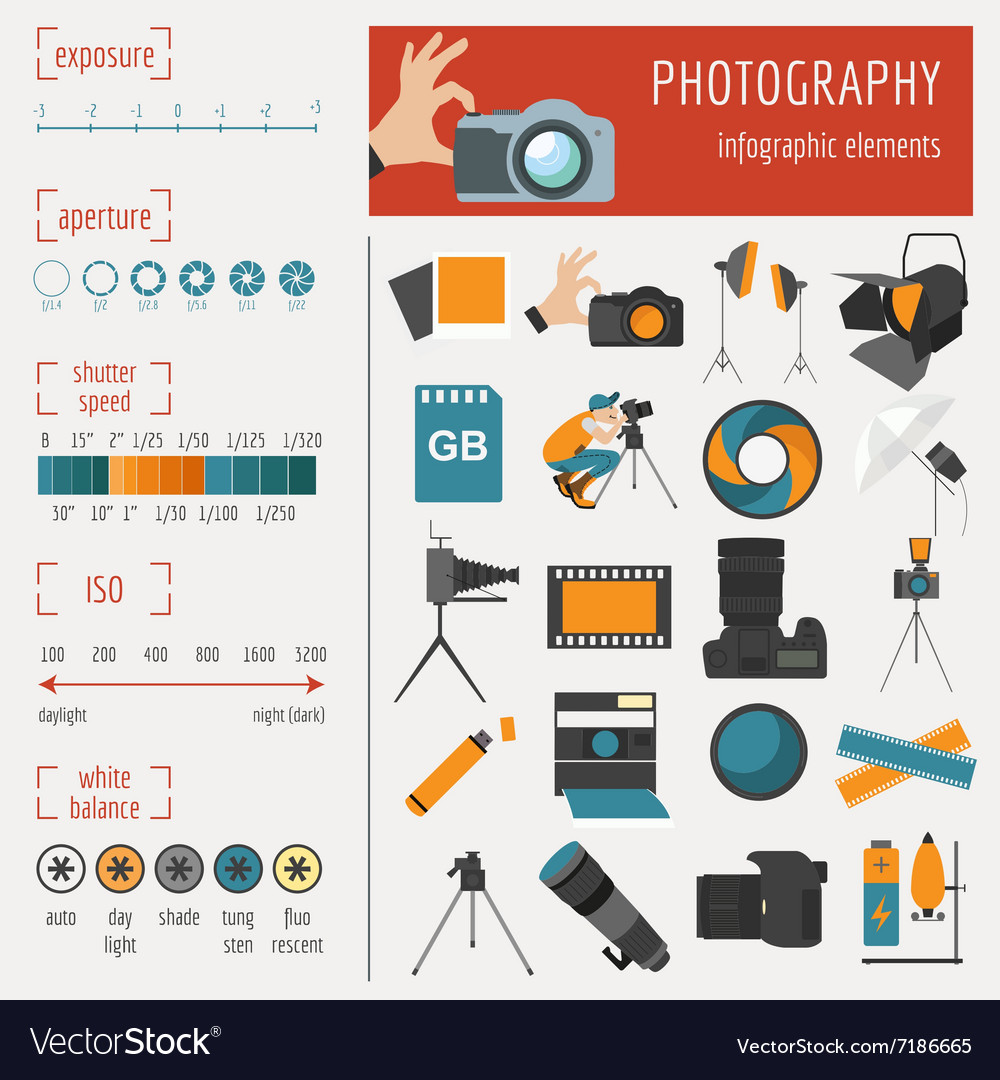Join Us To Find Crucial Digital Photography Pointers That Will Open Your Camera'S Capacity-- Prepare To Catch Sensational Pictures In No Time!
Join Us To Find Crucial Digital Photography Pointers That Will Open Your Camera'S Capacity-- Prepare To Catch Sensational Pictures In No Time!
Blog Article
Published By-Weber Monroe
When you initially grab your video camera, it can feel overwhelming with all the settings and options offered. You may find yourself questioning exactly how to navigate aperture, shutter speed, and ISO efficiently. Grasping these principles is important, however there's even more to photography than just technical knowledge. Comprehending composition methods and illumination conditions can elevate your pictures considerably. So, suppose you could learn simple methods to enhance your skills and begin catching remarkable images sooner than you think? Let's explore exactly how to change your digital photography trip.
Comprehending Cam Settings
Understanding your camera setups is critical for recording spectacular pictures. When you get your cam, familiarize on your own with the 3 primary setups: aperture, shutter speed, and ISO. Each plays an essential function in how your photos turn out.
Beginning with aperture, which regulates the amount of light getting in the lens. A larger aperture (lower f-number) lets in more light and develops a lovely background blur, perfect for portraits. Conversely, a narrower aperture (greater f-number) keeps more of the scene in emphasis, ideal for landscapes.
Next, concentrate on shutter speed. This setup establishes how long your camera's sensor is subjected to light. A fast shutter speed freezes activity, which is terrific for action shots, while a slow-moving shutter speed can create stunning impacts like smooth water in landscapes.
Last but not least, change your ISO. This setup impacts your electronic camera's level of sensitivity to light. A greater ISO serves in low-light circumstances however can introduce noise or grain. Go for the lowest ISO feasible while still achieving appropriate exposure.
Make-up Strategies
When you're out capturing, make-up can make all the distinction in how your images reverberate with visitors. Start by utilizing https://postheaven.net/raven1trenton/easy-ways-to-improve-your-picture-photography of thirds; picture your structure divided into 9 equal sections with 2 straight and 2 upright lines. Placement key elements along these lines or at their intersections to create balance and interest.
Next, take into consideration leading lines. http://dino80claudio.xtgem.com/__xt_blog/__xtblog_entry/__xtblog_entry/37571671-damage-free-from-standard-advertising-approaches-and-find-ingenious-strategies-to-raise-your-photography-solutions-your-following-huge-client-could-be-simply-around-the-corner?__xtblog_block_id=1#xt_blog -natural lines in your scene, like roadways or rivers, draw the visitor's eye into the picture, guiding them with the story you're telling.
Do not ignore mounting; use elements within your scene, like trees or home windows, to develop a frame around your subject, adding depth and emphasis.
Likewise, watch on your history. A cluttered history can sidetrack from your main subject, while a straightforward one helps it stand out.
Finally, try out symmetry and patterns; they can create a striking picture that catches attention.
Learning Illumination Conditions
Mastering illumination problems is critical for recording spectacular pictures, as the appropriate light can transform a common scene into something phenomenal.
Beginning by observing natural light at different times of the day. Read More In this article and late afternoons supply the best light, referred to as the gold hour. The soft, cozy tones during these times can improve your images perfectly.
Do not avoid cloudy days either; diffused light can minimize severe darkness and produce a pleasing impact, particularly for pictures.
Experiment with backlighting by positioning your topic against the light source. This method can produce a dreamy halo effect and add depth to your photos.
Pay attention to your video camera setups as well. Adjust the ISO, aperture, and shutter rate to fit the lights conditions. A higher ISO can help in low light, yet beware of grain.
Use a tripod in darker environments to avoid blur.
Finally, do not fail to remember fabricated lighting. Flash and constant lights can be terrific devices for regulating light in difficult conditions.
Final thought
To conclude, grasping your cam does not need to be overwhelming. By understanding your setups, using composition strategies, and harnessing the power of all-natural light, you'll rapidly raise your photography abilities. Remember, practice makes excellent, so go out there and explore your newfound knowledge. With time and dedication, you'll be recording spectacular images that mirror your one-of-a-kind point of view. Enjoy Recommended Online site , and don't fail to remember to have a good time while you're at it!
